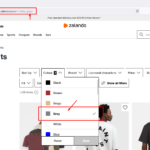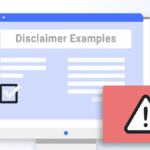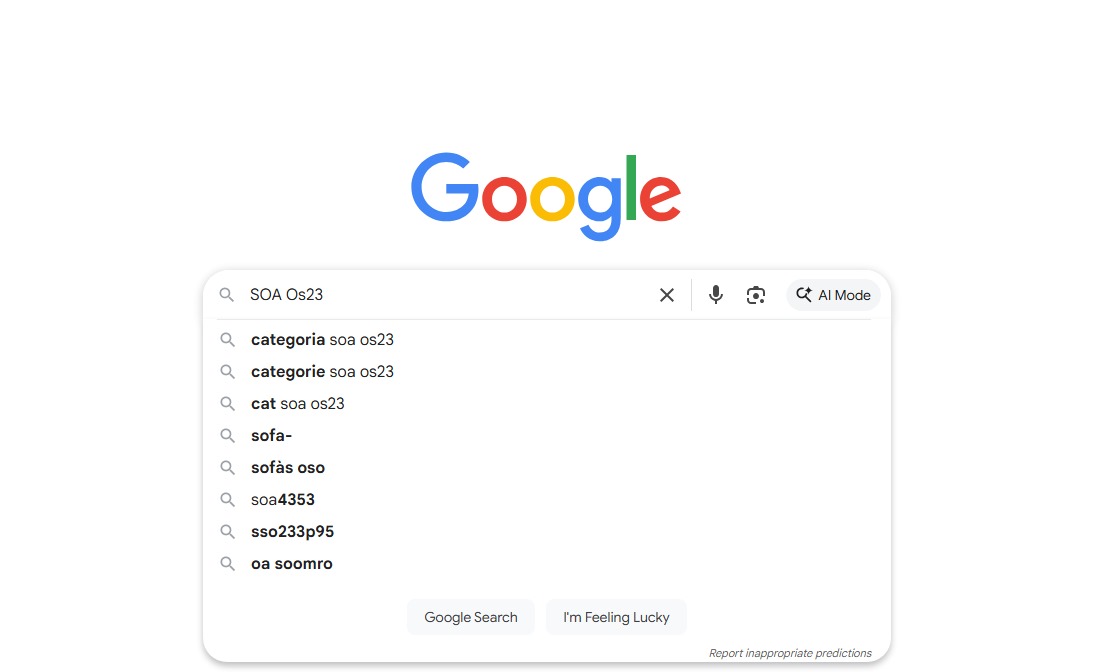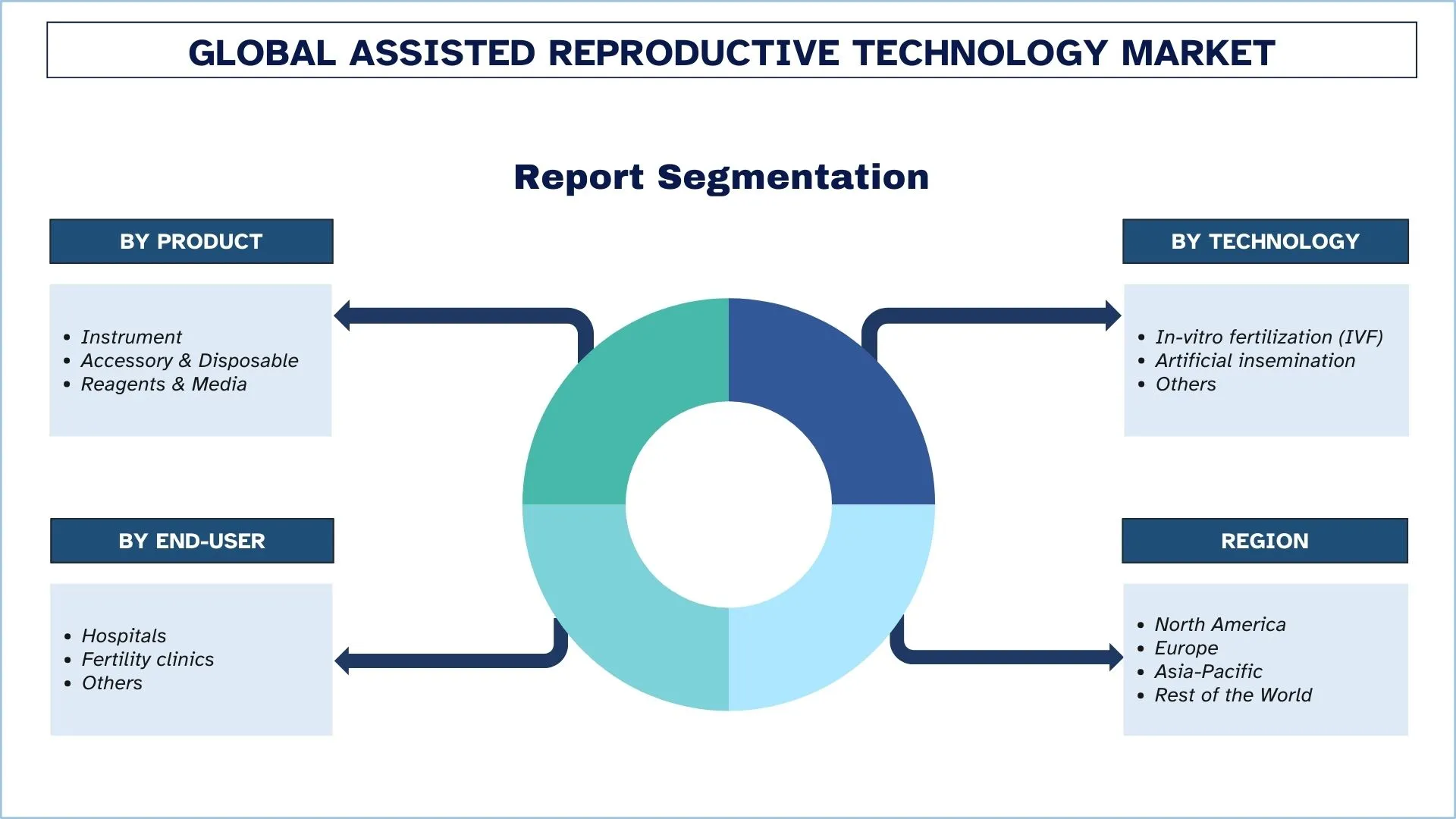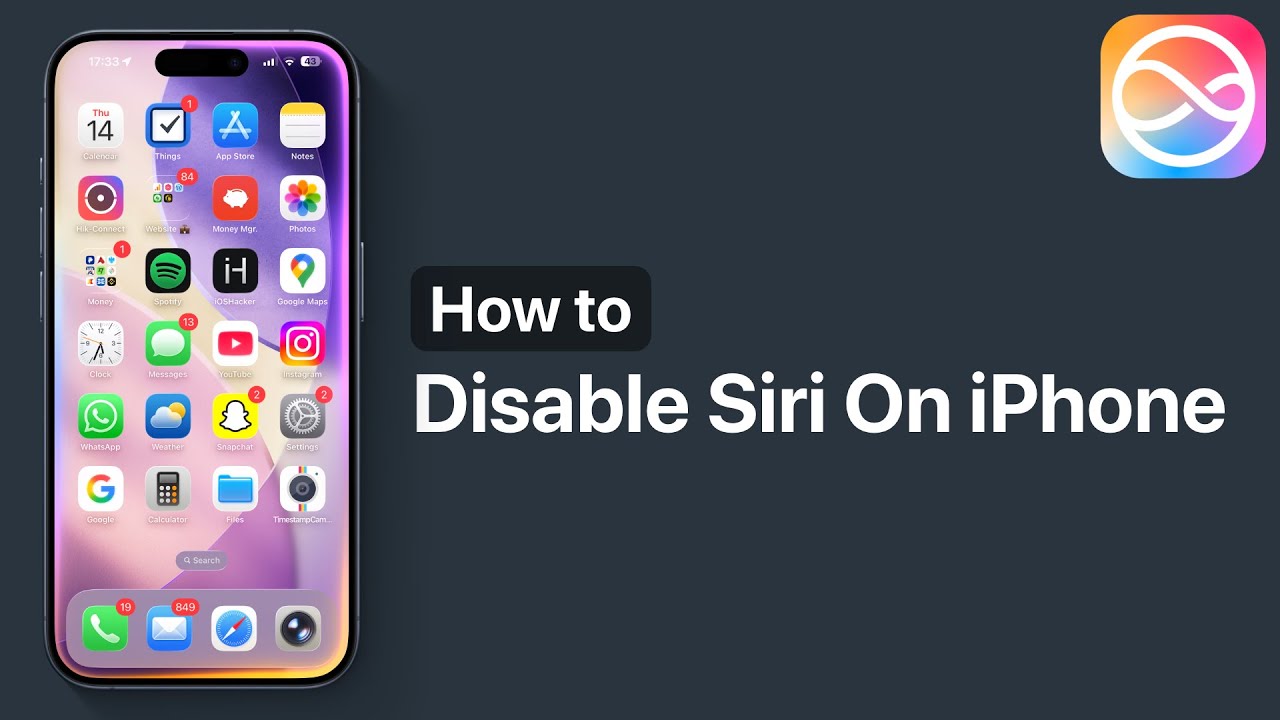Ever stared at your browser and wondered about that little phrase: “Search Google or type a URL”? It’s more than just a placeholder it’s your ticket to smarter, faster web surfing. In this guide, we’ll break down everything from the basics of the Omnibox in Google Chrome to tips for enhancing browsing with Omnibox features. Whether you’re a newbie figuring out what happens when you type a URL or a pro tweaking browser customization for better results, we’ve got you covered. Let’s dive in and make sense of Google search vs. typing a URL, so you can browse like a boss.
Introduction: What the Prompt Means and Why It Matters
That friendly nudge “Search Google or type a URL” pops up in your address bar, inviting you to either hunt for info via Google search engine or zip straight to a site with a URL. It’s all thanks to the Omnibox, a genius mashup in web browsers like Google Chrome that handles keywords, autocomplete predictions, and direct access. This setup boosts your browsing experience by blending search results with URL typing, saving precious seconds. Curious about pros and cons of Google search? It shines for discovery, while typing a URL skips the fluff for speed. Get ready to unlock Omnibox functions in web browsers and level up your daily web adventures.
Address Bar vs Search Bar: Decoding ‘Search Google or Type a URL’
Gone are the days of separate boxes the address bar and search bar merged into one clever tool, the browser Omnibox. In Google Chrome, typing “best coffee shops” sparks Google autocomplete and related results. But slap in “www.starbucks.com“? Boom, direct navigation via DNS lookup. This “search Google or type a URL meaning” is about choice: explore with site search operator in Google or hit known spots fast. Understanding key differences between Google Search and typing a URL prevents mix-ups, like mistaking a search query for a web address. It’s all about flexibility in your web browser.
Understanding the Omnibox: The Heart of Modern Browsers
Picture the Omnibox as your browser’s brainy sidekick, especially in Google Chrome. This browser Omnibox fuses address bar smarts with search engine power, dishing out Google autocomplete predictions as you type. Wondering “what is an Omnibox”? It’s the spot for everything from voice search in Chrome to site-specific search in Google. Start pecking “recipes,” and watch suggestions from history or trends pop up. It enhances browsing with Omnibox by blending pros and cons of typing URL directly with fuzzy keyword magic. Master it, and vague inputs in search become a breeze no more fumbling for that perfect web address.
How Google Search Works: From Keywords to Results
Diving into Google search feels like chatting with a super-smart librarian. When you type keywords into the Omnibox, it kicks off a whirlwind: your query zips to Google’s servers, which crunch billions of pages using algorithms for relevance, freshness, and personalization. Boom search results flood in, ranked by magic like PageRank. Autocomplete predictions guide you mid-type, pulling from popular searches and your history for that “aha” moment.
This shines in how Google Search works for exploration: toss in “best hiking trails near me,” and get maps, reviews, and related results. But watch for personalization it tailors based on browsing habits, which can bubble up biases. Using voice search? It adds natural language twists, like questions. For power users, advanced search operators (e.g., “filetype:pdf climate change”) refine hits. Overall, it’s the go-to for discovery, weighing pros and cons of Google search like vast info against occasional ad clutter. Next time, harness it to uncover hidden gems effortlessly.
| Aspect | Google Search | Typing a URL |
|---|---|---|
| Speed | Quick for broad queries, but loads results page | Instant direct access |
| Accuracy | Depends on algorithms; great for relevance | Pinpoint if URL is exact |
| Use Case | Research, news, ideas | Known sites, bookmarks |
How Typing a URL Works: Direct Navigation Explained
Typing a URL is like having a secret shortcut no detours, just straight to the door. Hit that web address in the Omnibox, and your browser springs into action: it resolves the domain via DNS lookup (think phonebook for the internet), checks HTTPS for security, and loads the page. What happens when you type a URL? Magic cookies and cache speed repeats, while bookmarks make it foolproof.
Advantages of typing a URL? It’s blazing fast for favorites, dodging search clutter and boosting direct access. But pitfalls lurk: typos lead to 404 errors, and without HTTPS checks, phishing risks spike. Compared to Google search, it’s ideal for routines, like “www.email.com.” Pro tip: Use browser autocomplete for URLs from history to nail it every time. This method empowers precise browsing, especially when you know your destination cold.
Pros and Cons: Comparing the Two Methods
Choosing between Google search and typing a URL? It’s all about your vibe. Google search excels in flexibility cast a wide net with keywords for endless options, powered by autocomplete and voice search integration. Pros: Discovery goldmine, like finding “hidden gems in Paris” via related results. Cons: Overwhelm from ads, slower loads, and privacy hits from tracked queries.
Typing a URL flips the script: pure speed and accuracy for direct hits, no middleman. Pros: Secure for trusted sites (hello, HTTPS), minimal data leaks. Cons: Useless for unknowns, and one wrong character? Lost in the web void.
Key differences between Google Search and typing a URL boil down to intent explore vs. arrive. In SEO terms, searches drive organic traffic; direct URLs boost referral stats. Weigh these for your habits, and mix ’em for the win.
| Pros of Google Search | Cons of Google Search | Pros of Typing URL | Cons of Typing URL |
|---|---|---|---|
| Vast discovery | Info overload | Ultra-fast | Exact spelling needed |
| Autocomplete aids | Privacy tracking | Secure direct | No exploration |
| Mobile-friendly | Ad interruptions | Low data use | Error-prone |
When to Choose Each: Real-Life Scenarios
Stuck on search Google or type a URL? Context is king. Craving dinner inspo? Fire up Google search with “easy vegan recipes” let autocomplete and site-specific search in Google unearth treasures. Job hunting? Query “remote marketing roles 2025” for tailored results, dodging the hassle of sifting directories.
Know your spot? Type that URL. Daily news fix? “www.cnn.com” loads in a flash, skipping search noise. Sharing a link mid-chat? Direct typing ensures accuracy, no mangled results.
When to use Google search vs typing a URL: Opt for search in brainstorming mode; URL for precision plays. Real-world hack: Blend ’em search first, bookmark winners for future direct zips. This dance maximizes efficiency, turning browsing into a breeze.
Tips and Best Practices for Efficient Browsing
Level up your game with hacks for search Google or type a URL. Start with Omnibox tweaks: Customize in Chrome settings for default engines or shortcuts like “site:reddit.com funny cats” for niche dives. Leverage Google advanced search page for filters time, region, filetype to sharpen results.
For URL pros, hoard bookmarks and enable autocomplete for URLs; add trailing slashes to force navigation over search. Voice search in Chrome? Hands-free gold for mobile. Browse safer: Always verify HTTPS, use incognito for private queries, and clear history to nix personalization pitfalls.
Enhancing search experience? Extensions like keyword managers add flair. Common tip: Tab through suggestions for speed. These browsing hacks transform the Omnibox into a powerhouse, blending pros and cons of typing URL directly with smart Google search strategies. Try one today watch your sessions fly.
Privacy and Security Considerations
In the “search Google or type a URL” world, privacy and security are non-negotiable. Google search logs queries, feeding personalization but risking data leaks ads follow you like shadows. Mitigate with DuckDuckGo as default or incognito mode; protect privacy in search engines by tweaking sync settings.
Typing a URL? It’s stealthier, but beware phishing fake sites mimic real ones via typo squatting. Always check HTTPS padlock and URL spelling. Security risks? Malware hides in results; use ad blockers and antivirus.
Privacy concerns with search? Google’s autocomplete and query predictions can expose habits. Best practices: VPN for public Wi-Fi, two-factor logins. Balancing this keeps browsing safe, whether via Omni box or direct. Stay vigilant your data’s worth it.
Common Myths and Misconceptions
Myth busted: “Typing a URL is always safer than search.” Nope both carry risks, but direct hits cut exposure if verified. Another: “Omnibox only works in Chrome.” Wrong similar bars exist everywhere, just rebranded.
“Google search shows everything instantly”? Algorithms prioritize, so tweak for unfiltered views. Common myths about search or type a URL include “autocomplete reads minds” it’s history and trends, not telepathy. And “URLs never change”? Dead links prove otherwise; use redirects.
Dispelling these clarifies when to type a URL directly vs. searching. Knowledge arms you against confusion, making every click count.
History of the Omnibox Feature
The Omnibox story starts in 2008 with Google Chrome’s launch, ditching clunky dual bars for a unified powerhouse. Inspired by Chromium’s vision to simplify UI, it merged search and navigation, adding autocomplete for snappier sessions. Early challenges? Distinguishing single-word searches from URLs via DNS now smarter with slashes.
Evolution brought voice search integration and extensions. By 2010, rivals copied: Firefox’s Awesome Bar, Edge’s address bar. Today, it’s core to modern browsing, evolving with AI for better predictions. Understanding this history highlights why “search Google or type a URL” endures innovation born from user pain.
Mobile vs Desktop Differences
Omnibox on mobile vs. desktop? Subtle shifts for thumb-friendly vibes. Desktop’s spacious bar shines for long queries, with full dropdowns for Google autocomplete predictions and history dives. Mobile Chrome condenses it tap to expand, but suggestions prioritize touch: bigger icons, swipe gestures.
Key diffs: Mobile leans voice search for on-the-go, integrates GPS for local results. Typing a URL? Desktop’s keyboard wins; mobile’s autocorrect can trip you. Battery-wise, searches sync across but mobile throttles background loads. Pros? Mobile’s seamless with apps; cons: Smaller screen cramps complex operators.
Adapt by using shortcuts both handle “search Google or type a URL” magic, but mobile favors quick hits. Test in Chrome’s dev tools for hybrid tweaks.
Browser Variations Across Chrome, Firefox, and Edge
Chrome’s Omni box sets the gold standard: Deep Google ties, rich autocomplete, extension support for custom keywords. Firefox’s Awesome Bar? Privacy champ pulls from history, bookmarks, sans heavy tracking; add-ons mimic site searches. Edge blends: Microsoft flair with Bing defaults, but switchable; Copilot AI adds chatty predictions.
Variations across browsers for search or type a URL: Chrome excels in speed, Firefox in control (toggle suggestions), Edge in Windows integration. All handle DNS resolution, but autocomplete flavors differ Chrome’s predictive, Firefox’s frequency based. Safety of typing a URL directly? Universal, yet Edge flags more risks.
Pick by needs: Chrome for power, Firefox for ethos. Shortcuts in the address bar unify ‘entry each for your flow.
Conclusion: Browse Smarter Today
From decoding “search Google or type a URL” to mastering browser variations, you’re now equipped to navigate like a pro. Whether chasing Google advanced search page depths or savoring direct URL perks, blend these for peak efficiency. Remember: Privacy first, hacks often. Dive back into your Omni box happy browsing! Got questions? Drop ’em below.
Comprehensive FAQs
Difference between searching on Google and typing a URL?
Search explores broadly; typing targets precisely choose by intent.
Customizing search Google or type a URL in Chrome?
Head to settings > Search engine > Manage shortcuts.
Hacks for search Google or type a URL?
Use @ for tabs, ! for extensions unleash the Omnibox.
Understanding search Google or type a URL meaning?
Dual invite: Query or navigate, all in one bar.
Impact on SEO traffic?
Searches fuel organic visits; direct URLs build loyal referrals.
Mobile browsing search vs URL?
Mobile favors voice; desktop, detailed inputs.
History of Omnibox feature?
Born 2008 in Chrome, now everywhere.
Phishing risks in search results?
Verify sources; use HTTPS always.
Direct traffic benefits for websites?
Builds trust, cuts bounce rates.
Future of browser navigation?
AI-driven, voice-heavy, seamless across devices.

